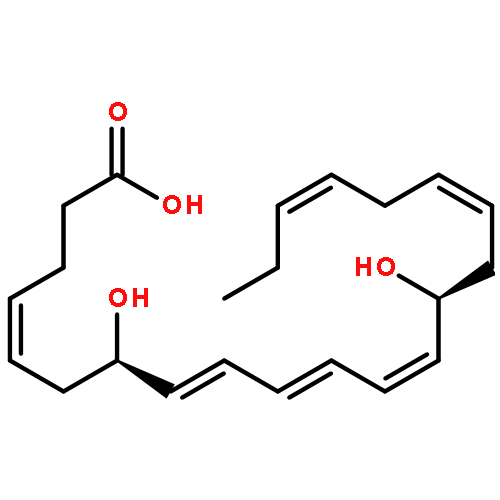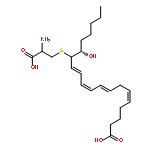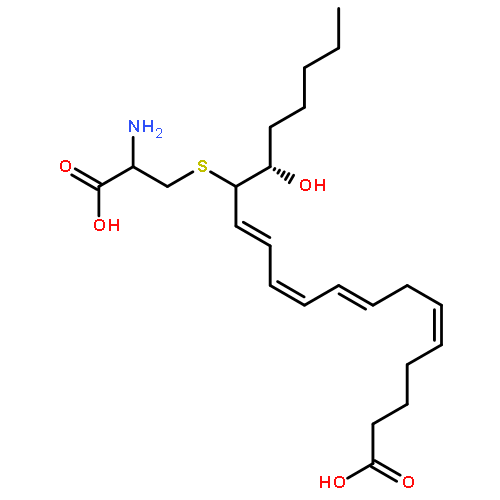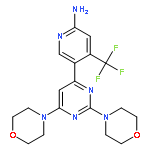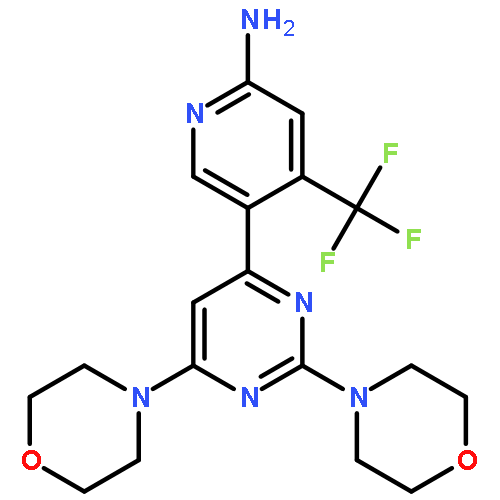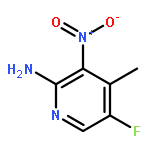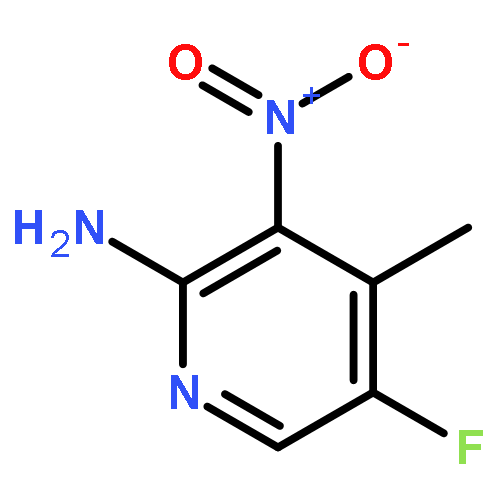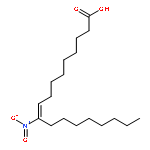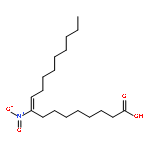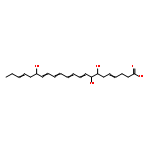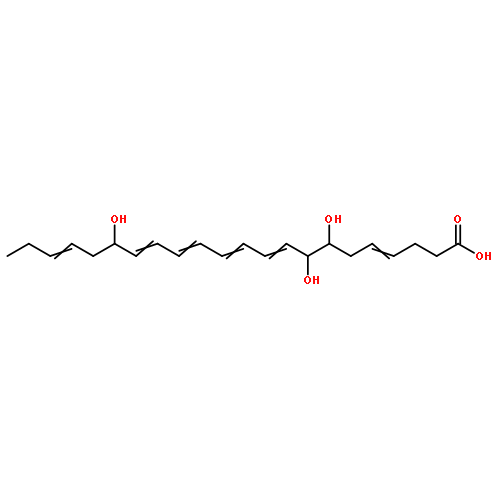Co-reporter:Yanmei Liu;Yunna Sun;Guifu Ding;Bin Sun
Electronic Materials Letters 2017 Volume 13( Issue 1) pp:29-36
Publication Date(Web):2017 January
DOI:10.1007/s13391-017-6199-1
A complex reinforced polymer interposer comprised with conductive Ni cylinders, ordered Ni grid and SiC nano-whiskers/Polyimide (PI) composite was proposed. The conductive Ni cylinders distributing in the middle of each Ni grid unite designed as the supporting structure were used as electric connecting component for the interposer and were insulated by the SiC nano-whiskers/PI composite. The comprehensive properties of the complex reinforced polymer interposer were improved by a complex reinforced mechanism: the improved thermal conductivity and mechanical strength by the Ni supporting structure and the reduced metal/polymer interfacial mismatch due to the SiC nano-whiskers/PI composite with the optimized mixture ratio. The above complex reinforced polymer interposer and a traditional reinforced polymer interposer only with Ni grid were fabricated using micro-machining technology for comparative analysis. The comprehensive properties of these two polymer interposers were analyzed respectively. Compared with the traditional design, the comprehensive properties of the proposed complex reinforced polymer interposer were improved further, such as, 21.3% increase for the Young modulus, 10.1% decrease for the coefficient of thermal expansion (CTE) and 54.9% increase for the thermal conductivity. Such complex reinforced mechanism based on the metal ordered grid and random nano-whiskers has potential to expand the applications of the polymer interposer.
Co-reporter:Yunna Sun, Dongwoo Kang, Yazhou Zhang, Jiangbo Luo, Yanmei Liu, Yan Wang, Guifu Ding
Microelectronics Reliability 2017 Volume 75(Volume 75) pp:
Publication Date(Web):1 August 2017
DOI:10.1016/j.microrel.2017.06.013
•Through silicon via with triangular-teeth and scalloped side wall is considered.•The keep-out zones for different type of Si and device are analyzed.•The thermal stress and effective strain of the interfacial lines are simulated.•The average thermal stress and strain energy density of the model are studied.•Leakage current is tested for assessing the thermal mechanical reliability of TSV.Through silicon via (TSV) with triangular-teeth and scalloped side wall (TSSW) not only lowers down the electrical performance but also alters the mechanism of thermal mechanical stability. By considering the realistic etching defects on TSV side wall, a more reasonable and reliable three-dimension (3D) TSV model with TSSW is built. The thermo-mechanical issues induced by the unsmooth side wall of the TSV are studied by finite element method (FEM) in this work. With the presence of TSSW, much more tips in interfaces of the TSV-Cu and SiO2 and the SiO2 and Si are brought and the shear stress and normal stress are distinct comparing with the smooth side wall. Therefore, the thermo-mechanical mechanism of the TSV is changed greatly. By investigating the normal stress, shear stress and strain energy density (SED) of the triangular-teeth local region, it has been found that severe normal stress variation (− 200–70 MPa) and multiple variation of shear stress τxy contributes the peeling, slip and crack issues. The effective plastic strain, displacement and von Mises stress, and shear stress and normal stress in the X, Y and Z direction are studied in detail. The effect of the TSSW on the thermal stress and keep-out zone (KOZ) size is discussed.
Co-reporter:Yunna Sun, Shi Sun, Yazhou Zhang, Jiangbo Luo, Yan Wang, Guifu Ding, Yufeng Jin
Microelectronic Engineering 2016 Volume 165() pp:11-19
Publication Date(Web):1 November 2016
DOI:10.1016/j.mee.2016.08.006
•Thermal stress and strain induced by IC packing and fabricating process was considered.•Deformation brought by packaging and fabricating process affected the future deformation of TSV.•Fatigue life is prolonged at edges and shortened at middle part of TSV by packing and fabricating process.•Rational design for packaging and fabricating process can improve IC thermal mechanical reliability.This paper is concerned with the thermal mechanical stability of 3D TSV with initial thermal stress and deformation during working stage. Different from the previous results, integrated circuits (IC) packaging and fabricating process (PFP) is considered to obtain the initial thermal stress and strain for working stage. During the PFP of IC, the through silicon via (TSV) may go through several different processes, such as, making redistribution layer (RDL), reflow soldering, and filling under-fill. Since more than 70% of the PFP brings high thermal load, plastic deformation on TSV Cu is inevitable during PFP. The accumulation of the plastic deformation leads to thermal residual stress and strain at the beginning of working cycling stage. The thermal mechanical reliability and mechanism of the TSV were investigated by finite element (FE) method. The influence of thermal residual stress on the IC fatigue life was studied by comparing neglecting PFP (NPP) model with considering PFP (CPP) model. With different forms of plastic deformation and effective plastic strain accumulation during PFP, the lifetime is shortened at the middle part and prolonged in the TSV Cu interfacial line. The precision of evaluation and prediction the IC reliability was improved by CPP greatly, e.g. the minimal fatigue life of the TSV unit is 75 cycles for NPP and 118 cycles for CPP. With full consideration of the thermal mechanical mechanism related to the IC PFP, the fatigue life will be prolonged.
Co-reporter:Wenguo Chen, Yan Wang, Guifu Ding, Hong Wang, Xiaolin Zhao, Zhuoqing Yang
Sensors and Actuators A: Physical 2014 220() pp: 194-203
Publication Date(Web):
DOI:10.1016/j.sna.2014.08.014
Co-reporter:Min Deng, Guifu Ding, Yan Wang, Xuemei Cui, Hong Wang, Faheng Zang, Huiqing Wu
Vacuum 2011 Volume 85(Issue 8) pp:827-832
Publication Date(Web):1 February 2011
DOI:10.1016/j.vacuum.2010.12.005
A room temperature fabrication method for the mass production of carbon nanotube (CNT) field emission micro-cathode arrays is reported. The technique combines electroplating of a CNT/Ni composite and micro-machining. This method combines the advantages of direct growth and screen printing conventionally used to fabricate such structures and avoids their disadvantages. Due to its integration and room temperature processing, the technique is proven to be advantageous in mass production and low cost. Results of field emission testing show that the CNT micro-cathodes have excellent field-emission properties, such as high current density (15.7 mA/cm2), field enhancement factor (2.4 × 106/cm), and good stability (109 h for 10% degradation of current density from 400 μA/cm2).Research highlights► The room temperature and mass production process. ► The compatible of the electroplating of a CNT/Ni composite and micro-machining. ► The structure layer is fabricated by using layer by layer lithography alignment. ► The structure revealed a very efficient performance.
Co-reporter:Y. Wang;G.-F. Ding
Microsystem Technologies 2008 Volume 14( Issue 3) pp:389-395
Publication Date(Web):2008 March
DOI:10.1007/s00542-007-0455-5
A manifold microchannel heat sink integrated with a high efficient copper heat spreader is presented. A series analysis of three-dimensional fluid flow and heat transfer performance in this mirochannel heat sink and conventional structure are performed by CFX commercial software package. The temperature difference along the flow direction in the new microchannel heat sink is less than that of the conventional microchannel heat sink due to effect of the transverse channel arrays. The maximum heat flux input of the new microchannel heat sink increases 75% more than the conventional structure with the flow rate of 1 m/s. The new design has better heat transfer characteristics than conventional one for the full range of flow rates considered.







